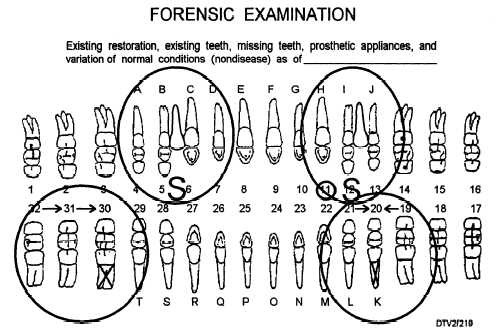
Figure 2-19. - Deciduous, supernumerary, and drifted teeth.
usually occurs when teeth move toward the space of an extracted tooth.
TEMPORARY RESTORATIONS.
- In the diagram of the tooth, draw an outline of the restoration showing size, location, and shape. If possible, describe the material in the remarks section.
Remarks Section
Use this section to indicate the restorative materials and to differentiate between sealants, composites, and temporaries.
Soft Tissue Remarks
Section This is just a partial list of some of the more common non-pathologic findings to facilitate charting. For each condition, indicate approximate size or extent and location. Leave blank if a condition does not exist.
Occlusion Section
The examining dentist will tell you what Angle's class the patient has. The three classes are I, -11, or III. Each side of the patient's mouth may be different. Record the results in the space provided.
In the overjet and overbite section of occlusion, the dentist will let you know in millimeters the extent of the abnormality. Leave blank if normal.
In the crossbite section, the dentist will let you know the teeth involved to be written in the space provided.
The dentist will use the Remarks section of the occlusion section to record any other occlusal condition not listed above.
Hard Tissue Remarks Section
This is just a partial list of some of the more common non-pathologic findings to facilitate charting. Leave section blank if the condition does not exist.
Intrinsic staining - Indicate teeth involved. Check tetracycline, if appropriate.
Tori - Indicate location and approximate size of projection.
Rotated teeth - ;Indicate teeth involved and approximate number of degrees to the nearest 45 degrees.
Malposed Teeth - Indicate teeth involved and whether facio- or linguo-version.
Other - Use this space when noting other hard tissue conditions not listed above.
Examining Dentist Name Stamp and Signature Sections
Use the examining dentist's name stamp to mark this section and ensure the signature line is signed.
Continue Reading